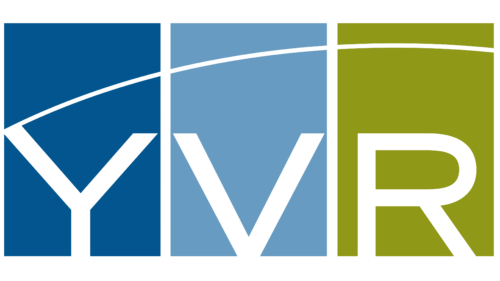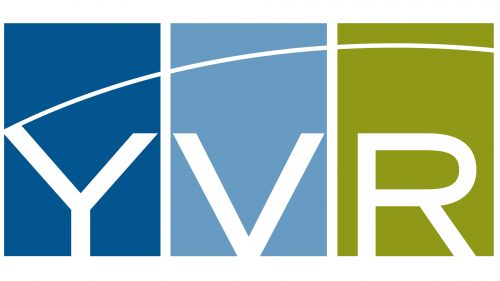 Vancouver Airport Services Logo PNG
Vancouver Airport Services Logo PNG
Vancouver Airport Services: Brand overview
In 1994, Vancouver Airport Services (YVRAS) emerged to provide ground handling and aircraft maintenance services at Vancouver International Airport (British Columbia, Canada).
Four years later, in 1998, YVRAS entered the air transportation business in western Canada under the name HARBOUR Air. This company began as a regional airline, initially flying floatplanes and turboprops.
Over time, HARBOUR Air has steadily expanded its route network. It began flying to numerous destinations in British Columbia, Alberta, and the U.S. Pacific Northwest, using Vancouver and Victoria as its main hubs.
In 2007, despite rebranding to Vancouver Airport Services, the airline continued to operate under the well-established HARBOUR Air signage. It remained focused on scheduled regional and charter flights.
Five years later, in 2012, Australian investment company SeaLink Travel Group acquired the airline. However, the airline continued to operate as HARBOUR Air, providing regional service in western Canada.
Vancouver Airport Services, operating under the HARBOUR Air brand, is now the largest seaplane airline in North America. With a fleet of more than 40 aircraft, it serves a variety of routes in coastal British Columbia.
Thus, in 25 years, the company has evolved from a ground dispatcher at Vancouver Airport to a leading regional carrier under the HARBOUR Air brand.
Meaning and History
What is Vancouver Airport Services?
This is a unique Canadian company specializing in the management and development of airports worldwide. The firm stands out for its innovative approach to optimizing airport operations, applying the experience gained from managing Vancouver International Airport, which is recognized as one of the best in North America. The company manages a portfolio of airports across various continents, including locations in Europe, the Caribbean, and Asia, adapting its approach to local conditions and cultural specifics.
1998 – today
Vantage Airport Group, formerly known as Vancouver Airport Services, used a logo consisting of three vertical rectangles of different colors: blue, light blue, and olive green. The first rectangle contained a white “Y,” the second a “V,” and the third an “R.” This was a hint to the brand’s other name: YVRAS. The glyphs were depicted in negative space and were accompanied by a single long stripe that started from the top of the letter “Y” and ran through all the rectangles. This stripe was associated with the outline of an airplane.
The use of negative space for the letters makes the logo visually interesting and memorable. The different colors of the rectangles signify the variety of different aspects of airport services provided by the company. The long stripe, reminiscent of the outline of an airplane, fits in with the aviation theme and gives the design a sense of movement and direction.




